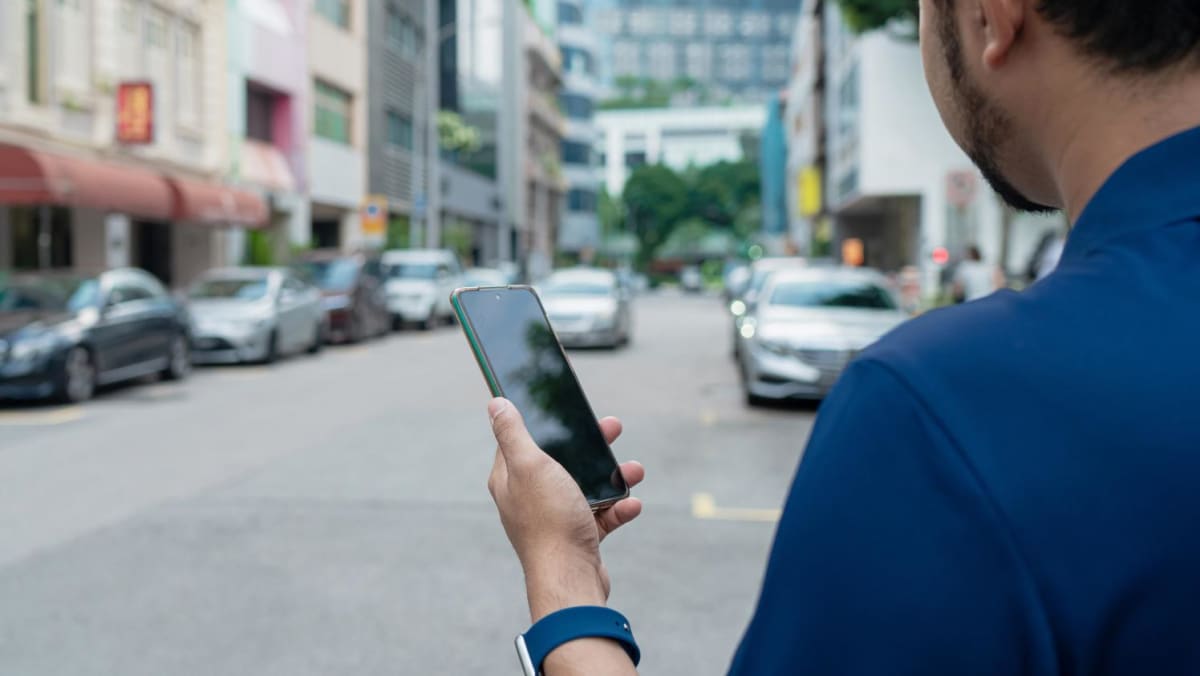
On Feb 1, Senior Minister of State for Transport Amy Khor also said the supply of point-to-point drivers has yet to recover in tandem with growing demand.
Ridership has returned to 80 per cent of pre-COVID-19 levels – at about 582,000 daily trips, up from 74 per cent in 2021, she said in a speech at an event by super-app Grab. But the number of active drivers – 57,000 – remains fewer than the 59,000 in 2021.
“As a result, commuters have had to deal with longer waiting times and have seen higher surges,” said Dr Khor.
TADA, however, does not foresee this to be a long-term issue.
“As (point-to-point) demand recovers and with tourists coming back, it is likely that drivers, both old and new, will return to restore supply,” the platform told CNA on Monday.
ComfortDelGro and Gojek also highlighted measures they were taking to recruit and support drivers.
“We understand the urgency to attract drivers to return to the industry. To do so, we have continued to extend rental rebates and keep our rental low,” said Ms Tan.
“We are also working hard to match new hirers with relief drivers so that they can share rental costs.”
The Gojek spokesperson, meanwhile, said that the company has introduced a number of initiatives to encourage its drivers to “hit the roads”.
This includes extending its “driver fee” until Jun 30 and enhancing its driver benefits programme, GoalBetter.
Gojek, Grab and TADA introduced driver fees last year to help drivers cope with higher operating costs.
“Our team of data scientists also continually work to improve our systems, making our platform more efficient and optimising allocation for both drivers and riders,” the Gojek spokesperson added.
“As an industry, we must continue to review the existing and upcoming challenges to ensure ride-hailing remains sustainable.”

